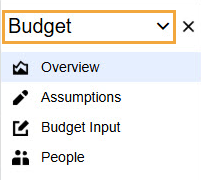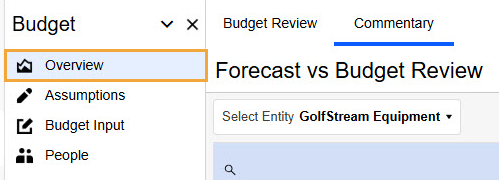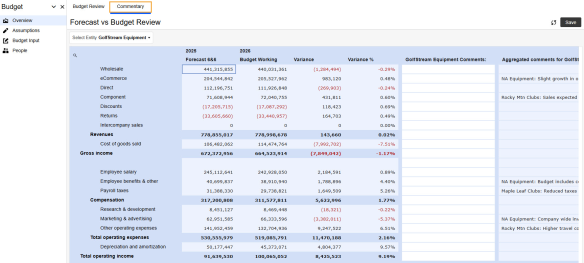The Genesis Navigation page represents the end-user access to Genesis, displaying the results configured in Genesis Designer.
The default Application Group that displays is Home. Default Navigation Groups and Pages are set in Genesis Designer. See Reorder List.
There are security requirements for Genesis Navigation. See Genesis Navigation.
-
On the left pane, from the drop-down menu, select an Application Group. The associated Navigation Groups will be listed in the navigation bar below.

-
Select a Navigation Group.

NOTE: If the Navigation Group has multiple Pages, they will display in the page bar as a row at the top of the screen.
-
If multiple Pages are listed, select a Page to view the associated content.

TIP: In the left pane, click the Close Navigation Bar button to expand the content view to a full screen. Click the Open Navigation Bar arrow to view the left pane.
Application Groups
Application Groups are a breakdown of different user flows. Each Genesis instance has the following Application Groups: Home, Admin, Config, and Help. These groups can be customized to any user flow.
Example: Use Home for the standard end-user view, Admin for Workflow Profile setup, Config for a security user flow, and Help for documentation.
Application Groups can also be renamed to represent a different user flow, for example, Planning or Reporting.
Navigation Groups
A Navigation Group represents a group of one or more Pages. Navigation Groups organize content into a process flow.
Pages
Pages display the content in the user interface. Pages have a one-to-one relationship with content. Content can be linked to a Page from existing dashboards or injected using Content Blocks.
NOTE: Because of the one-to-one relationship, you can only link one existing dashboard or inject one Content Block to each Page.


